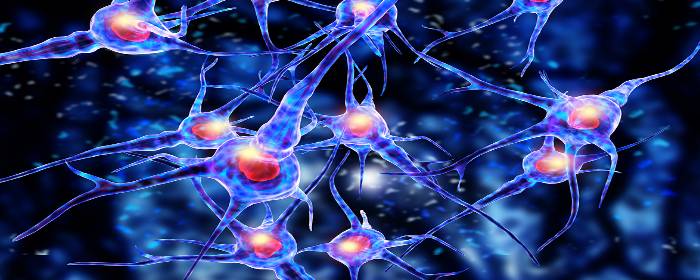Spinal cord injury is the second leading cause of paralysis in the United States. When the spinal cord is severely injured, nerve cells in the spinal cord are damaged or destroyed. Also, a sort of scar forms in the affected area, which prevents nerve signals from traveling between the brain and the extremities. Consequently, people who sustain spinal cord injuries suffer from paralysis. The degree of paralysis depends on the location of the spinal cord injury; injuries higher on the spinal cord such as the neck or upper back area can lead to paralysis of all four limbs, for example. In almost all cases, the paralysis is permanent once it occurs, because nerve cells in the spinal cord do not regenerate.
Because spinal cord injuries are common and the consequences are usually permanent, researchers have been aggressively and tirelessly researching ways to treat this condition. One approach is to try to form new nerve cells in the spinal cord using stem cells. Mesenchymal stem cells can become new nerve cells given the right set of circumstances. Unfortunately, simply injecting mesenchymal stem cells into patients with severe spinal cord injuries cannot reverse paralysis. On the other hand, using exosomes from mesenchymal stem cells may be the push that stem cells need to become nerve cells in the spinal cord.
Exosomes are tiny packets of cellular material released by stem cells. They contain a variety of potentially beneficial substances; perhaps the most important in cell regeneration is micro RNA (miRNA). miRNA can cause complex changes in cells that simple drugs, proteins, or even regular RNA cannot. Researchers cannot easily deliver miRNA to where it is needed in the body, but exosomes taken from stem cells can deliver miRNA right where it needs to be.
Researchers collected human mesenchymal stem cells and placed them in an environment that would cause them to become nerve cells. But instead of simply using the stem cells directly, they instead collected the exosomes from those stem cells. Those exosomes could then be used to prompt mesenchymal stem cells to become nerve cells. Simply put, the exosomes drove the process more efficiently than the stem cells alone.
What does this all mean? Exosomes taken from the mesenchymal stem cells could eventually be used to treat spinal cord injury. Those special exosomes would magnify the nerve cell-creating effect, perhaps restoring nerve cell function to a damaged spinal cord. Considerable research needs to be done before this possibility becomes a clinical reality, but this knowledge helps researchers design targeted experiments in the future.


 St. Petersburg, Florida
St. Petersburg, Florida
